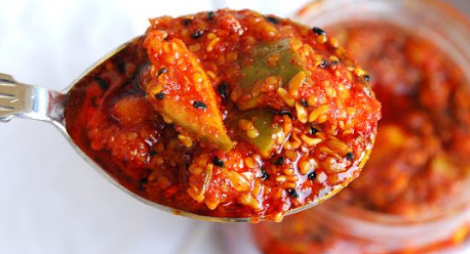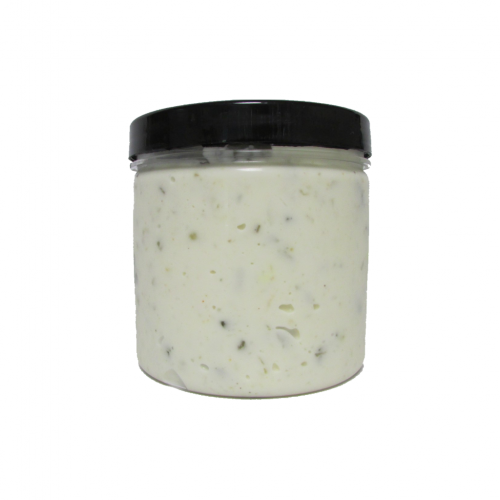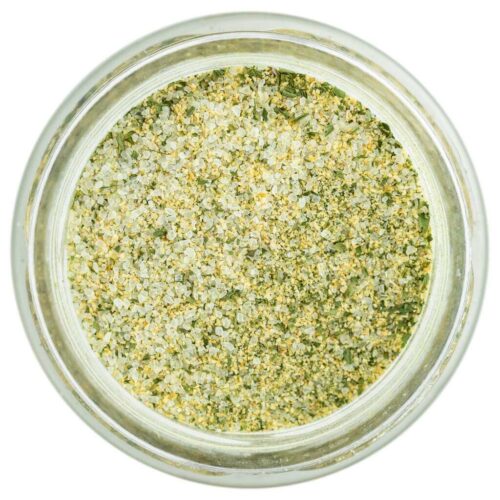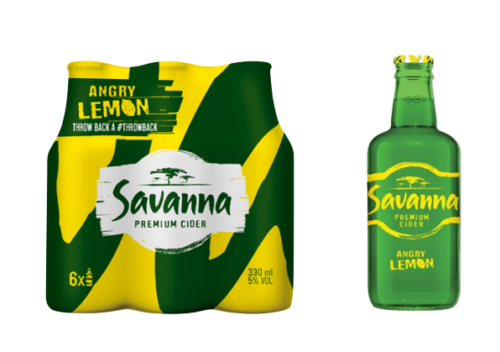Tartar sauce (French: sauce tartare; also spelled Tartare sauce in the UK, New Zealand, Australia, South Africa, and other parts of the Commonwealth) is a condiment made of mayonnaise, chopped pickles, capers and herbs such as tarragon and dill.
Tartar sauce can also be enhanced with the addition of gherkins, other varieties of pickles, and lemon juice as well as herbs such as parsley. It is most often used as a condiment with seafood dishes such as fish and chips, clam strips, fried oysters, fish sandwiches, and fish fingers, among many other dishes.

 Atchar is a spicy condiment, often eaten with a curry. It comes from the Indian cuisine in South Africa. In India, it is spelled Achar, and the word means pickle in Hindi. Usually the atchar made in South Africa is made with unripe green mangoes and chillies. The whole mango is used for making atchar. This traditional mango atchar is easily made at home. Adjust the amount of chillies to your liking and serve with a vegetable curry, or on a slice of white bread.
Atchar is a spicy condiment, often eaten with a curry. It comes from the Indian cuisine in South Africa. In India, it is spelled Achar, and the word means pickle in Hindi. Usually the atchar made in South Africa is made with unripe green mangoes and chillies. The whole mango is used for making atchar. This traditional mango atchar is easily made at home. Adjust the amount of chillies to your liking and serve with a vegetable curry, or on a slice of white bread.
 Tartar sauce (French: sauce tartare; also spelled Tartare sauce in the UK, New Zealand, Australia, South Africa, and other parts of the Commonwealth) is a condiment made of mayonnaise, chopped pickles, capers and herbs such as tarragon and dill. Tartar sauce can also be enhanced with the addition of gherkins, other varieties of pickles, and lemon juice as well as herbs such as parsley. It is most often used as a condiment with seafood dishes such as fish and chips, clam strips, fried oysters, fish sandwiches, and fish fingers, among many other dishes.
Tartar sauce (French: sauce tartare; also spelled Tartare sauce in the UK, New Zealand, Australia, South Africa, and other parts of the Commonwealth) is a condiment made of mayonnaise, chopped pickles, capers and herbs such as tarragon and dill. Tartar sauce can also be enhanced with the addition of gherkins, other varieties of pickles, and lemon juice as well as herbs such as parsley. It is most often used as a condiment with seafood dishes such as fish and chips, clam strips, fried oysters, fish sandwiches, and fish fingers, among many other dishes.








